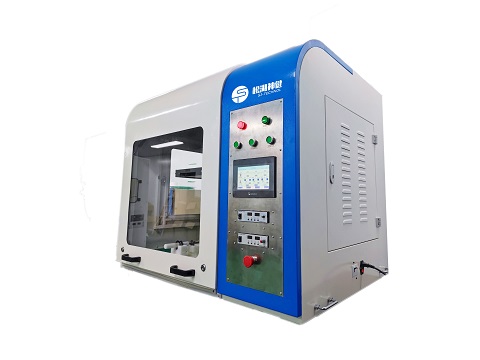There are significant differences between ultrafiltration membrane and nanofiber membrane in many aspects
Definitions and materials
Ultrafiltration membrane:
Definition: ultrafiltration membrane is a kind of ultrafiltration process can be used to separate a certain size of polymer colloids or suspended particles from the solution of polymer semi-permeable membrane.
Materials: Generally made of polymer materials such as cellulose acetate, cellulose acetate ester, polyethylene, polysulfone and polyamide.
Nanofiber filter membrane:
Definition: Nanofiber filters usually refer to filters composed of nanoscale fibers that have a large surface area and excellent filtration properties.
Materials: The material of nanofiber filter membrane can be a variety of nanoscale fibers, such as polymer nanofibers, inorganic nanofibers, etc.
Second, aperture and filtration accuracy
Ultrafiltration membrane:
Aperture: The membrane aperture is 1 ~ 100nm, belonging to the asymmetric membrane type. The pore density is about 10/cm².
Filtration accuracy: Suitable for the removal of colloidal particles and macromolecules, can separate the concentration of less than 10% solution. Ultrafiltration membrane can trap most of the suspended substances and colloids in the water, but it can not remove dissolved small molecules.

Nanofiber filter membrane
Nanofiber filter membrane:
Aperture: Since the diameter of the nanofiber is in the nanometer level, the aperture of the nanofiber filter membrane is usually very small, which can achieve high precision filtration.
Filtration accuracy: nano-fiber filter membrane filtration accuracy is very high, can effectively remove sodium, calcium, magnesium, heavy metal plasma or small molecules in water up to 99%.
3. Application fields
Ultrafiltration membrane:
Industrial applications: It is widely used in the advanced treatment of industrial wastewater and process water, such as the concentration, purification and separation of macromolecular substances in the chemical, food and pharmaceutical industries, biological solutions, and the separation of dyes in printing and dyeing wastewater.
Drinking water treatment: Although ultrafiltration membranes can remove most suspended solids and colloids, they are inadequate in removing dissolved small molecules. However, by combining with other technologies, such as powdered activated carbon, its removal can be improved.
Nanofiber filter membrane:
Drinking water treatment: Because of its high-precision filtration properties, nanofiber filtration membranes have great potential in drinking water treatment, able to remove small impurities and dissolved small molecules in water.
Other applications: Nanofiber filter membranes can also be used in desalination, purification of special chemicals such as medicine and food.
Fourth, structure and working principle
Ultrafiltration membrane:
Structure: The ultrafiltration membrane has an asymmetric microporous structure, which is divided into functional layer and support layer. The functional layer has the function of compact micropores and blocking macromolecules, and the supporting layer increases the membrane strength.
Working principle: With pressure as the driving force, the purpose of purification, separation and concentration is achieved through the screening and electrostatic action of the membrane.
Nanofiber filter membrane:
Structure: Composed of nanoscale fibers interwoven to form a dense filter layer.
Working principle: The interception of impurities in water is realized through the tiny aperture and large surface area of nanofibers.
